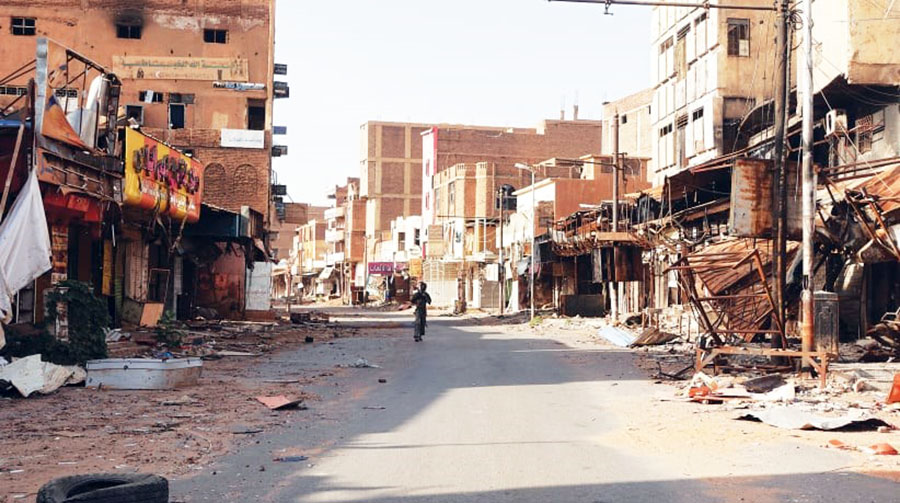
The international community has forgotten Sudan
By JONATHAN SPYER - Jerusalem Post
Largely ignored by the global media, war has been raging in Sudan for the last 15 months. The conflict between the official Sudanese Armed Forces (SAF) of General Abd al-Fatah al-Burhan and the rival Rapid Support Forces (RSF) of General Mohammed Hamdan Dagalo has cost somewhere between 15,000 and 150,000 lives (accurate casualty assessments are impossible).
Some 10.2 million people have been displaced (from a total population of 47 million). A recent report by the World Food Program (WFP) estimates that around 25 million people in Sudan need humanitarian assistance. The report describes the situation in Sudan as constituting the “world’s largest hunger crisis.”
The prospect looming now, according to aid groups, is famine. A statement by the Norwegian Refugee Council, quoted by Al Jazeera on September 3, said that “Sudan is experiencing a starvation crisis of historic proportions. And yet, the silence is deafening. People are dying of hunger every day, and yet the focus remains on semantic debates and legal definitions.”
The conflict in Sudan fits into the pattern of wars that have gripped the Middle East over the last decade and a half as it heads toward the de facto collapse of the state, the entry into the country’s territory of rival powers, each sponsoring their preferred local client, and the resulting de facto partition of the country.
Versions of this scenario have taken place over the last 15 years in Libya, Yemen, Syria, Iraq, and Lebanon. Sudan has already seen one large part of its territory broken off, with the formation of the new Republic of South Sudan in 2011 after a successful and bloody insurgency. South Sudan is unique (so far), since it is the only one, of the many de facto entities in existence on the ruined corpse of the Arab state order, to have achieved international recognition as a new state.
The current war in Sudan between the SAF and the RSF differs from other conflicts in Arab League member states because there is no obvious ideological aspect to it. At the same time, it would be simplistic to see it as divorced from the larger geopolitical rivalries that define power relations in the region.
In terms of the direct participants, both the SAF and the RSF derive from the armed forces of the regime of Omar al-Bashir, the Islamist-tinged dictatorship that held power from 1989 until it was brought down in 2019. The SAF constituted the official armed forces of the dictatorship. The RSF, meanwhile, emerged from murderous western Sudanese tribal militias recruited by the regime during the earlier civil war and were known initially as the Janjaweed (devils on horses).
These militias emerged from the Arabic-speaking populations of Sudan’s Darfur province. They were the force responsible for the huge massacres of the African population in that area, on behalf of the Bashir regime, in the first decade of this century.
The SAF and RSF cooperated in bringing down Bashir in 2019 and in toppling the civilian successor government of Prime Minister Abdullah Hamdok in October 2021. Since then, General Burhan has functioned as the effective head of state. In mid-2023, as the two remaining effective power centers in the country, the SAF and RSF turned on each other. Fighting began in Khartoum on April 15, 2023.
THE RSF made rapid advances. As of now, they control much of the west of the country, including the capital and Jazeera state, known as the “breadbasket” of Sudan. The SAF has made its headquarters in Port Sudan, the country’s sole port, and remains in control of most of the country’s east.

